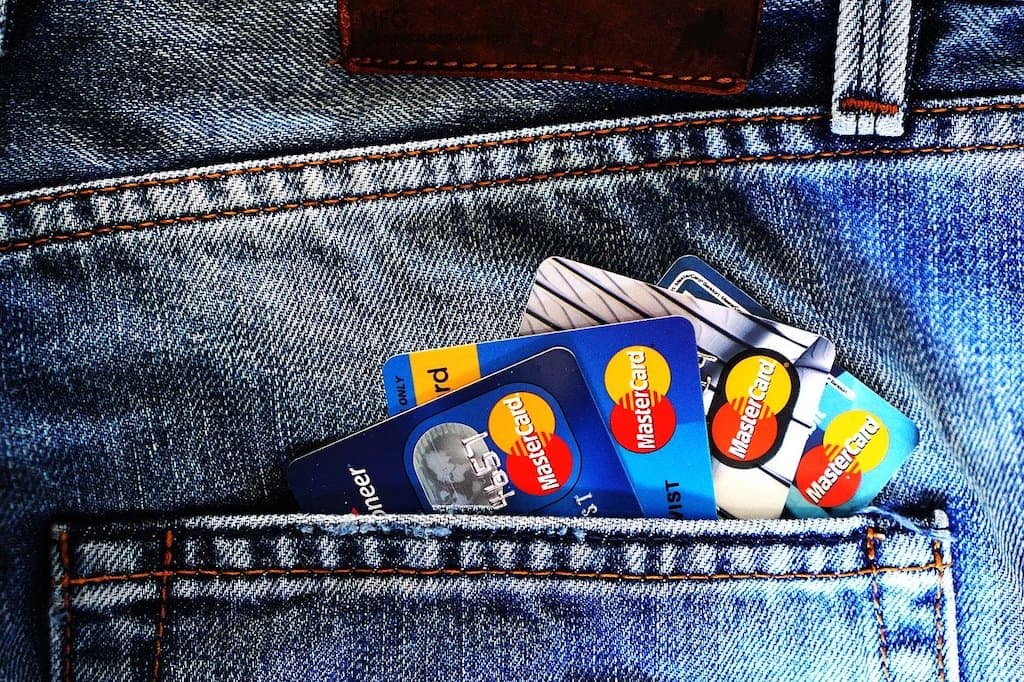If you are one of the many people in “job limbo” and need to receive money via unemployment funds, you are not alone. Many people are wondering: how long does unemployment direct deposit take?
The length of time it takes for unemployment direct deposit to process depends on the state in which you reside. Most unemployment claims are processed within two to four weeks. Once your claim is processed, the direct deposit usually takes two to three business days to be deposited into your account.

How Does Unemployment Direct Deposit Work?
When you sign up to receive unemployment money, you are often given a few options to receive it. One of those options is usually direct deposit—that is, the money goes directly from the government into your bank account. This is generally the safest, fastest way to get your money.
In most cases, you can select “direct deposit” when you first register for unemployment. Most states will also let you adjust your payment arrangement digitally.
If you’re new to the unemployment system, it might be a while before you receive your first payment. Unemployment offices have become overloaded as of late and the technology is often outdated, load or not. Because of these two factors, it may take longer than usual for you to get your first unemployment payment.
But what if you have already received your first payment and want to know when the next one will arrive in your bank account? The exact time frame varies from state to state, but you can usually expect to see your funds in your bank account within 2–3 days. Below is a table with some examples:
| State | First Payment | Schedule | Direct Deposit Time |
| New York | 3–4 weeks after applying for benefits. | Weekly. | Within 3 business days. |
| California | 1 week unpaid, 1 paid if requirements are met for both weeks. | Biweekly. | No direct deposit service. |
| Illinois | 8 days via check, or 2–3 days via direct deposit after application. | Biweekly. | 2–3 business days. |
All of these figures come from official government offices. Other options for getting your money include debit cards and checks delivered by the U.S. Postal Service. Some states do not offer direct deposit at all; we’ll get to that later.
How Often Should I Expect an Unemployment Payment?
Most states send out unemployment money on either a weekly or biweekly basis. Once you get your first payment and get in the habit of telling the state that you’re still unemployed, you should get payments in one of those brackets.
Are Debit Cards Better?
If you’re concerned about funds reaching your bank account, you may be wondering if receiving your funds as debit cards is a better idea. Short answer, no. When you use a method other than direct deposit, you are at the whim of the postal service and may have to wait up to a week to get your money.
Some states have done away with debit cards entirely, meaning your only options are paper checks or direct deposits. Check your state’s official resources on unemployment for details.
What If I Don’t See My Money?
So you’ve done everything right (or think you have). You’ve gotten your first unemployment payment. You’ve waited 2–3 days, checking your bank account religiously. There may be a few reasons that your unemployment deposit might still be late, including…
- You filled out the questionnaire incorrectly.
- Missing information, including banking numbers.
- A “human bottleneck,” where so many people make unemployment claims that it causes the system to choke.
- Other technical difficulties. According to US News, many parts of the US unemployment system are outdated.
- Suspected fraud. Ever since the pandemic, not only have unemployment offices gotten busier, but there have been con artists attempting to get free money.
If you’re worried about your unemployment money making it into your bank account, the best thing to do is call the unemployment office. Have all your documentation ready. The faster you let the department know about your problem, the sooner they can fix it! Keep an eye on your phone and email in case they try to contact you.
Do I Have to Renew My Unemployment?
Usually, yes, you have to renew your unemployment status every so often. This will help you retain any benefits, including money, provided by the state. Your state’s unemployment department/Department of Labor should tell you when you need to renew. This varies by state.
Remember to renew your unemployment! We realize time lost all meaning during the pandemic, but that’s no excuse. Use anything you have to: mark the renewal date on a calendar, make notes on the fridge, and so on. You don’t want to fill out a mountain of paperwork again, right?
My State Does Not Do Direct Deposit. Now What?
Good question. Nevada and California do not offer direct deposit as an option for unemployment funds. Maryland only started offering direct deposit in 2021. California and Nevada still use government-issued debit cards to provide funds to the unemployed. To add these funds to your bank account, you must use an ATM and perform a chain of transactions.
Direct deposit should be available as an option in the 48 other states. After you get your first unemployment payment, you should be able to get these payments regularly (weekly or every other week, depending on your state).
Conclusion
Direct deposit is the best way to get your unemployment money. The wait time is just 2–3 days and there’s zero chance of someone stealing your money. However, the system is not flawless; if anything, it is antiquated and easily manipulated. Ask your state’s unemployment office if you have not received your direct deposit; it’s probably the result of a broken system.
